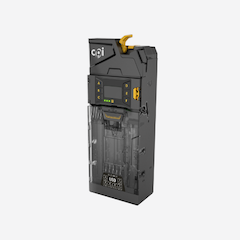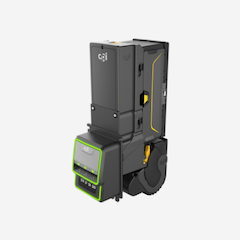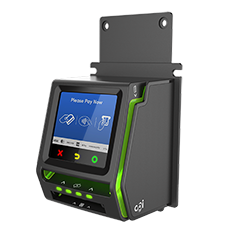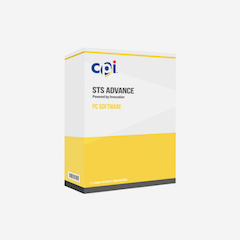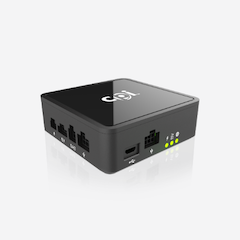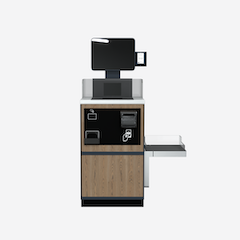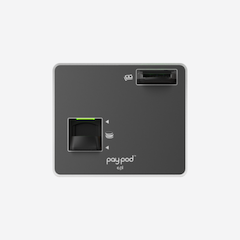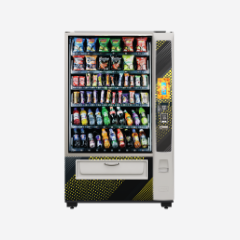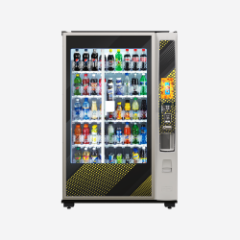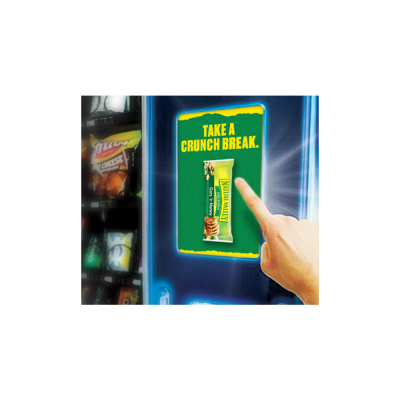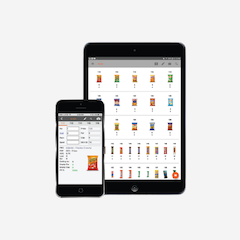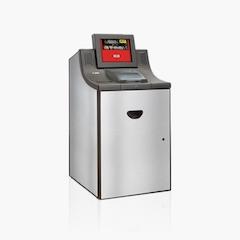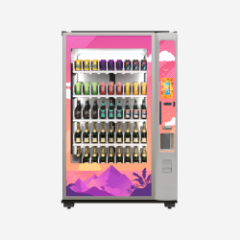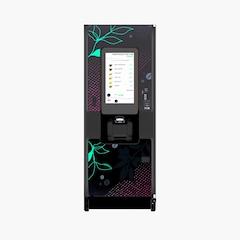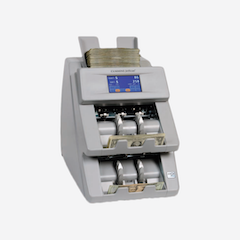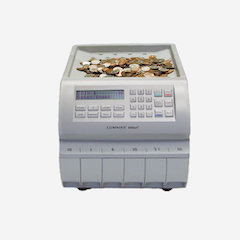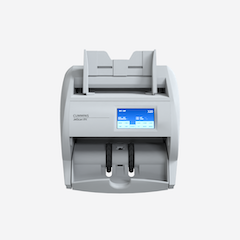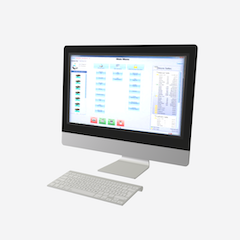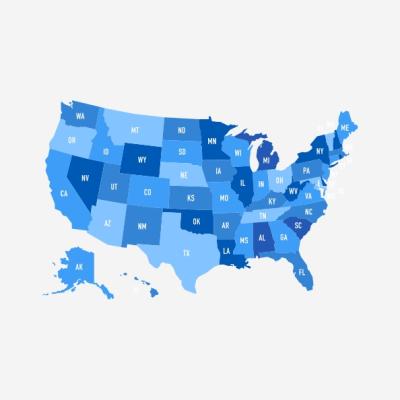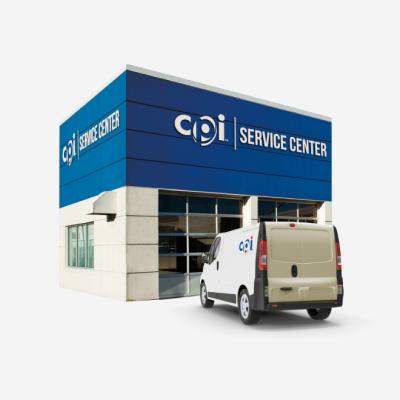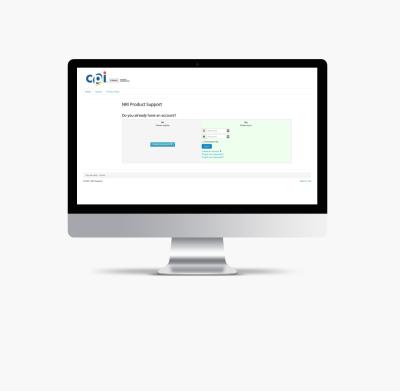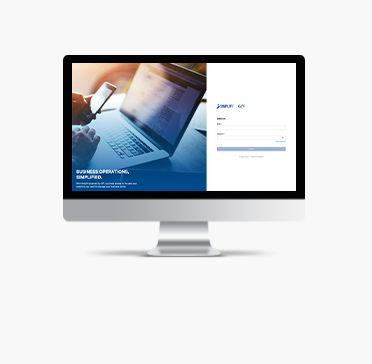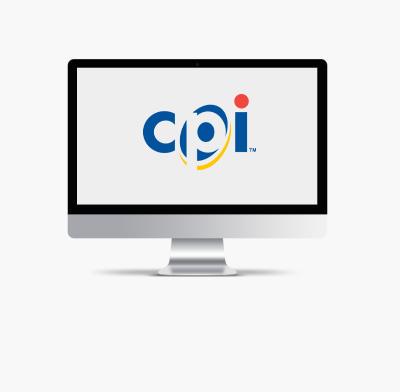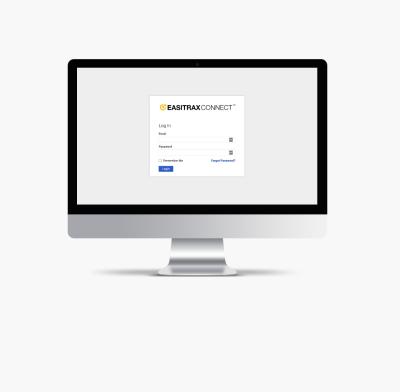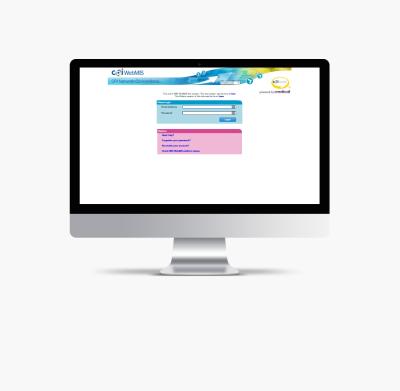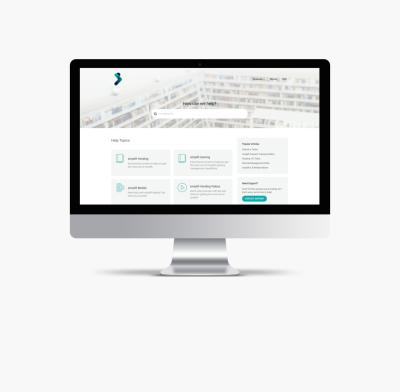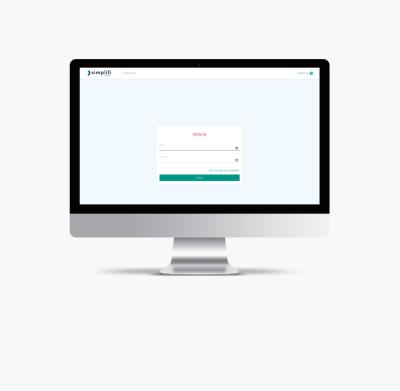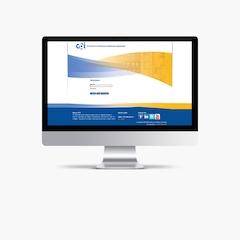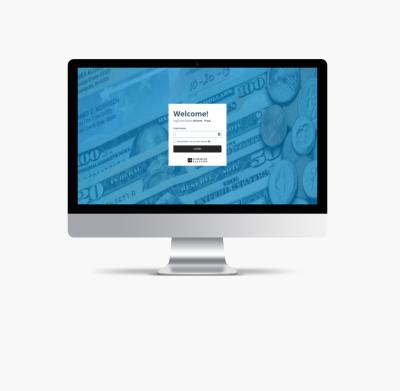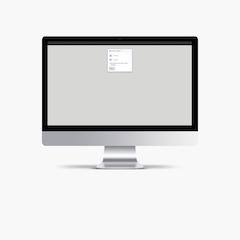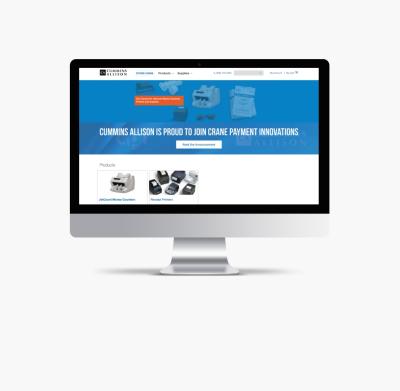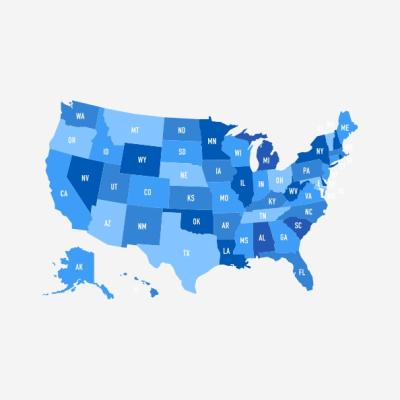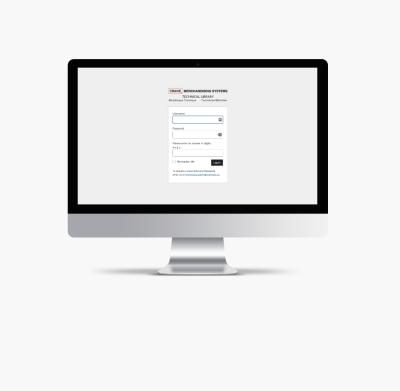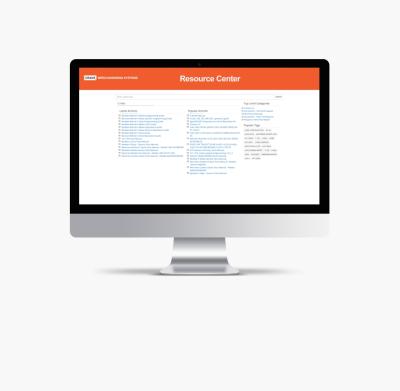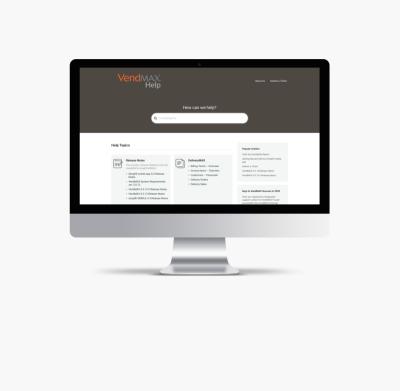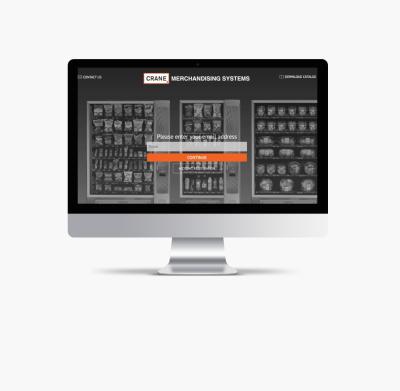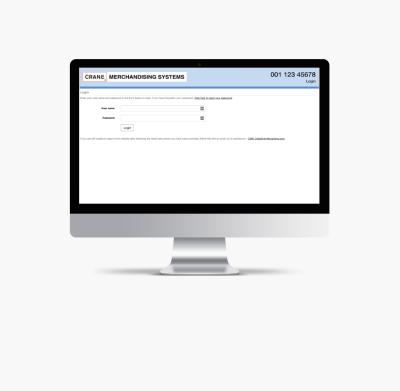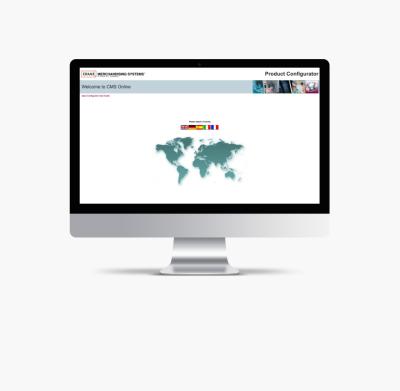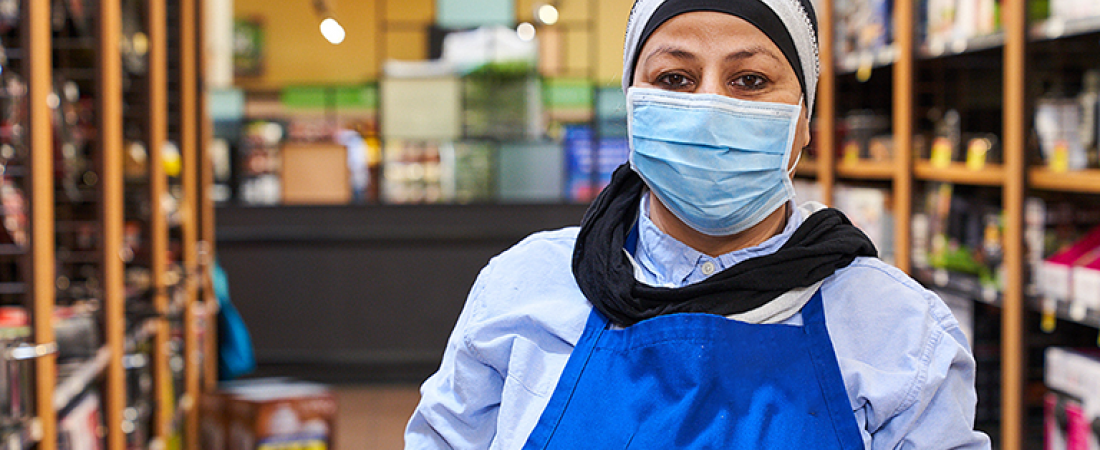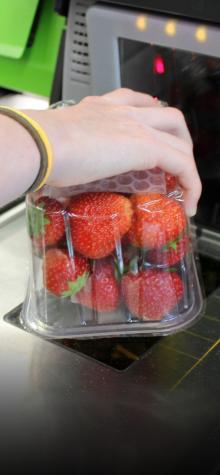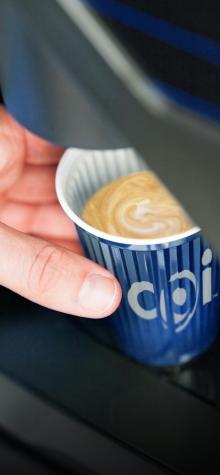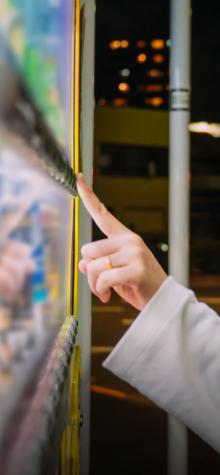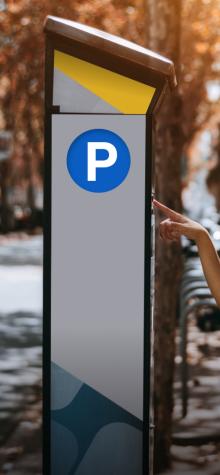How Can Retail Manage Cash, Hygiene, and Public Health?
You’ve probably seen it already: retailers asking patrons not to use cash as they pick up their meals or stock up on supplies at the grocery. As a heightened focus on personal hygiene continues to shape our world, cash payments—along with gathering in crowds, shaking hands and going out to restaurants and bars—are being increasingly discouraged out of concern for public safety.
But what does this focus mean for the future of cash? And how can retailers adapt during a time where cash is seen as a potential health hazard—for customers and cashiers alike?
Is Cash Hazardous? Not Necessarily.
In the middle of any public health scare, all shared surfaces become suspect. Anything or any place touched by multiple hands becomes a potential way for viruses to spread—including, of course, cash, which is passed hand-to-hand many times a day. While viruses tend to live longer on non-porous materials like plastic or stainless steel, the question as to whether or not banknotes can also serve as a contaminant remains.
In addition, there’s the longstanding psychological perception that cash is “dirty.” During a public health crisis, that constant low-level perception becomes magnified, leading consumers and retailers to avoid using physical currency if they can help it. But according to a study by financial education website LendEDU—it’s actually credit cards that hold the highest germ score.
And while there’s no scientific evidence to prove that cash is any more of a vehicle to propagate viruses than a plastic bag, a paper bag, a door handle, a car key or any other innate object that can be touched by different pairs of hands—the debate surrounding its safety will only continue.
However, the vilification of cash alone fails to recognize the bigger picture – that no single source can be blamed for contamination. Current practices such as widespread adoption of face masks, gloves and sanitizer illustrate that sentiment. Should we try to reduce contact with cash? Sure. But no more than with any other shared space or surface.
The End of Cash? Unlikely.
Could a global health crisis mean the end of cash? In short: no—but it might change how we use it and think about it. Cash is still widely used, especially in small-value purchases. After all, with cash representing nearly half of all payments under $10 and 42% of payments under $25, it remains ubiquitous, and, for many people, it’s the only way they pay for goods and services.
Additionally, cash is trusted—even if it’s not trusted to be clean. People like having physical currency they can see, count, save, and spend, especially in times of financial uncertainty. While the hygiene aspect of cash may worry us, having banknotes in our wallets is still something we depend on. This is especially true for unbanked or underbanked populations without access to banking or financial services. For these individuals, cash is not just a preference—it’s their only means of payment. Eliminating cash payments would have devastating consequences that unfairly impact developed and undeveloped economies around the world.
Making Payments More Hygienic
So how can retailers square these two realities: the need to continue to accept cash payments, and the potential risks cash and credit cards may pose to consumers and cashiers?
Some nations have turned to washing their money. Chinese banks have started sterilizing cash before it’s redistributed as part of the country’s coronavirus response, according to a government website. But short of an ultraviolet sterilizer for every note and coin that passes through your business, the best strategy is to minimize contact as much as possible—especially between payment methods like cash and cards, and cashiers who need to handle them over and over throughout the day.
For some retailers, that means employees would wear gloves as they ring out customers. But without replacing gloves between each customer, that could still mean potentially transmitting germs and viruses. The next level of protection comes from minimizing that contact in the first place. Credit and debit card readers used exclusively by individual consumers—and that can be cleaned in between customers—are one option. Expanding payment options to work with tap-and-go mobile apps is another. And some retailers are installing automated cash handling terminals that handle cash for your cashiers—a faster, easier method that minimizes contact even further. Customers can feed their notes and coins directly into the machine, which issues change directly to them. Cashiers can focus on customer service, not counting coins or handling bills. It’s a safer, more hygienic solution for everyone involved—and it gives customers and cashiers one less thing to worry about.
The Future of Cash
In this time of heightened awareness of health and hygiene, people are rethinking how they handle physical currency and interact with cashiers in a long-term way. With automated technologies that minimize contact—including automated cash-management stations—retailers can be better prepared to handle that shift, showing customers and their own associates that they’re changing the way they think about payments and hygiene, too.
Regardless of your payment strategy, we have the solution (and the expertise) to help you adapt. Check out our solutions for retail on our website.

